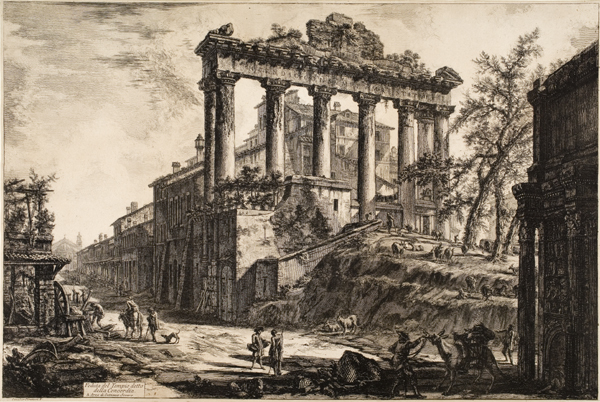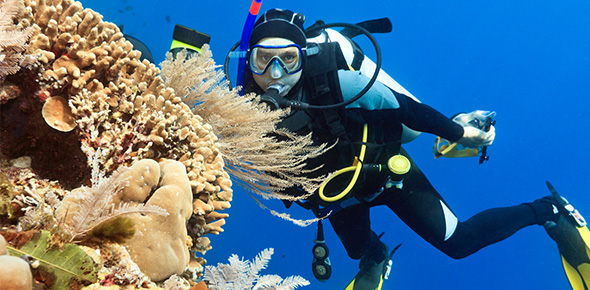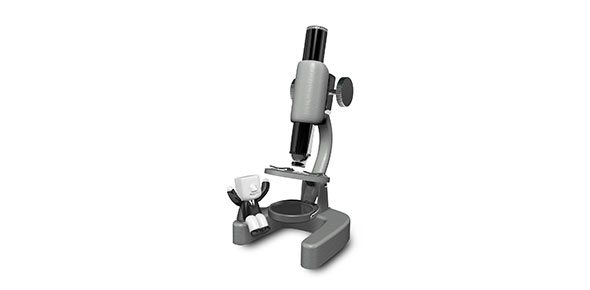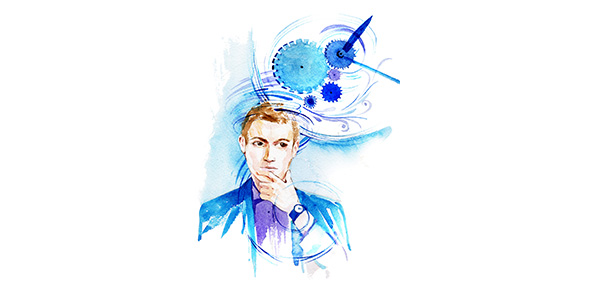Related Flashcards
Related Topics
Cards In This Set
| Front | Back |
 Name this Image |
Quentin de la Tour, Self-Portrait. Created in 1751. Pastel. Approximately 25" by 21". The esprit of the Enlightenment personality.
|
 Name this Image |
Jean Antoine Houdon, Voltaire, 1781. Marble, life size. Personification- the spirit of the Enlightenment. Critical activist; through his writings he (Voltaire) protested against government persecution of freedom of thought and of religion. Revival of Classcism, known as Neoclassicism.
|
 Name this Image |
Jacques-Louis David, Antoine-Laurent Lavoisier and Wife, Marie-Anne Pierrette Paulze, 1788. Oil on canvas, 102" by 76 and 5/8'. Founder of quantitative chemistry and discoverer of the role of oxygen in combustion and the respiration of plants and animals.
|
 Name this Image |
William Hunter, Child in Womb, drawing from dissection of a woman who died in the ninth month of pregnancy, from Anatomy of the Human Gravid Uterus, 1774. Anatomical artist's skill became a specialty, an instrument in the education and practice of the physician and surgeon. Madame Lavoisier illustrates her husband's treatises on chemistry.
|
 Name this Image |
Joseph Wright of Derby, A Philosopher Giving a Lecture at the Orrery (in which a lamp is put in place of the sun), created in 1763-1765. Oil on canvas, 58" by 80". Mechanical explanation of the wonders of the clockwork cosmos. *Orrery -special technological model.* Promote the public's interest in science.
|
 Name this Image |
Joseph Wright, An Experiment on a Bird in the Air-Pump, 1768. Oil on canvas, 6' by 8'. Innonvative scientific development. Primarily to study the property of gases. Dramatic lighting suggests that science brings light into a world of darkness and ignorance.
|
 Name this Image |
Abraham Darby III and Thomas F. Pritchard, Iron Bridge at Coalbrookdale (first cast-iron bridge over the Severn River), 1776-1779. 18th century engineering- use of industrial materials. First use of structural metal on a large scale. Iron replaced heavy hand-cut stone voussoirs.
|
 Name this Image |
Antonio Canaletto, Basin of San Marco from San Gigorgio Maggiore, created in 1740. Oil on canvas. A "grand tour", mementos of their journeys.
|
 Name this Image |
Giovanni Battista Piranesi, the Temple of Saturn, created in 1774. Etching from the views of Rome 1741. Bird's eye view. Excavations of Pompeii and Herculaneum.
|
 Name this Image |
Josiah Wedgewood, Vase, made at the Etruria factpry, Saffordshire, England, 1786. White jasper body with a mid-blue dip and white relief, the height is 18". Relief of The Apotheosis of Homer by John Flaxman, Jr. 1778. Jasperware- Fine Grained, unglazed, colored pottery. Inventiveness transformed ceramics from minor industry to important art.
|
 Name this Image |
William Hackwood, For Josiah Wedgewood, "Am I Not a Man and a Brother?", 1987, black and white jasperware, 1 and 3/8" by 1 and 3/8". Publicize abolotionist case. Emblem for the British Committee to Abolish the Slave Trade, formed 1787.
|
 Name this Image |
George Stubbs, Horse Being Devoured by a Lion, 1763, Enamel on metal. 27 and 1/2" by 40 and 3/4". Violent side of nature in the raw. Invented "animal history painting"
|
 Name this Image |
Henry Fuesli, The Nightmare, 1781, oil on canvas, 40" by 50". First four versions. Depicts the dark terrain of the human subconscious.
|
 Name this Image |
William Blake, Elohim Creating Adam, 1795. Colored print finished in pen and watercolor, 17" by 21 and 1/8". Concerned with the problem of good and evil. Believes that all rules hinder creativity. "Prophetic books", combined poetry and imagery.
|







